Innovation imperative of internal audit has been saved
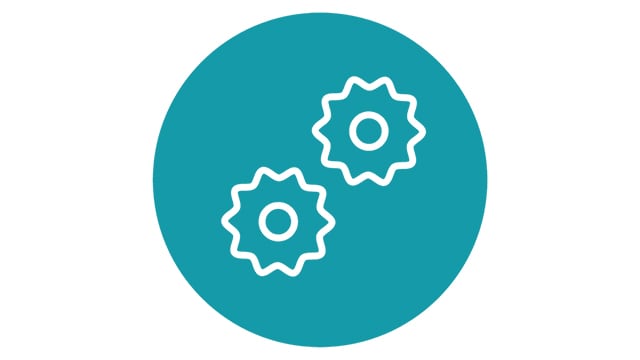

At the deepest level, you either believe that you need to innovate, or you don’t. Given the rate at which organizations have been changing and the myriad of risks they face, it should be clear that Internal Audit should evolve.
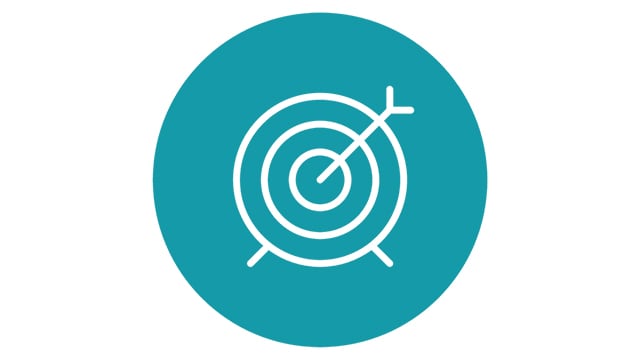

Although most internal audit groups have expanded their purview beyond compliance and assurance, many are still seen as a policing function. Now is the time to change that.
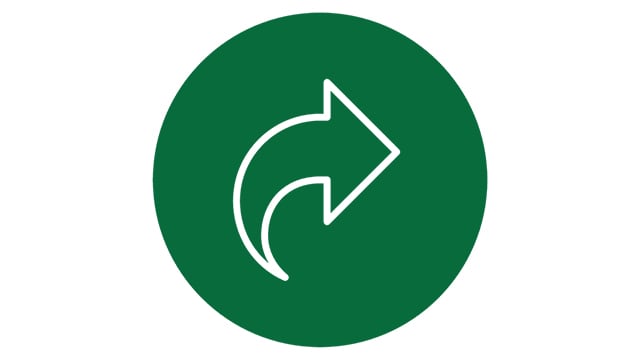

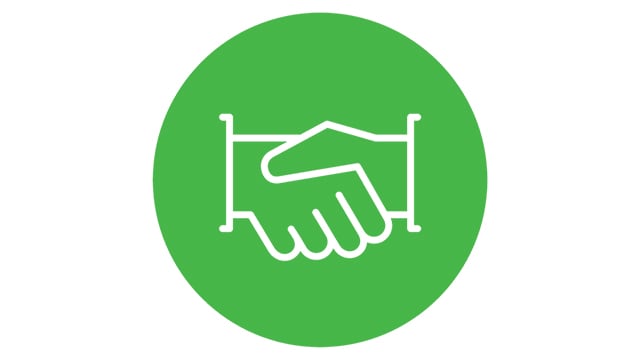

In contrast to point-specific technology solutions, Agile internal audit (or Agile IA) is among the leading ways for internal audit to shift to more innovative approaches.
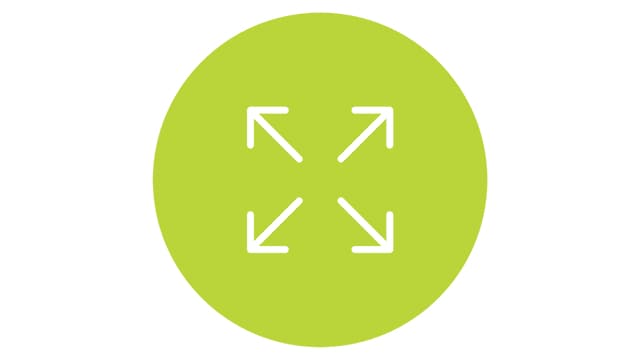

New hires with various business backgrounds and ways of working—and different life experiences and points of view—can enrich the diversity of thinking and behavior in a function. That diversity enables internal audit to discover new ways of seeing and solving problems and enhances its ability to work with different stakeholders.
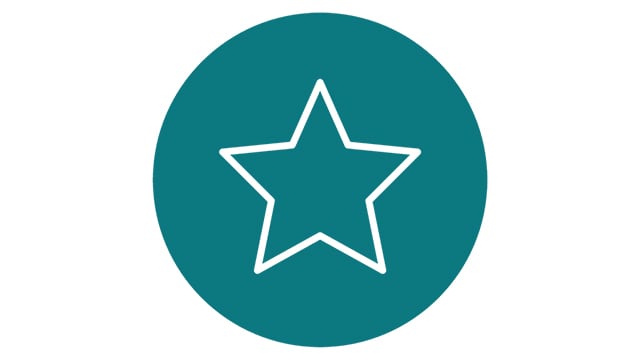

Innovative internal audit groups often find themselves viewed differently by stakeholders. The CAE is invited to take (or retain) his or her seat at the table. Internal audit becomes a magnet for talent, and work becomes more engaging to internal auditors as it becomes more relevant to stakeholders.
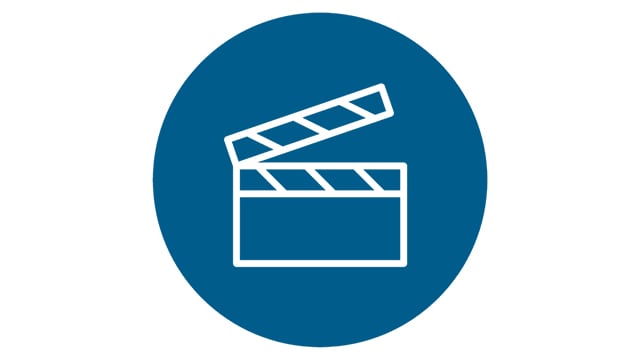

Internal audit often provides assurance and advice on major change initiatives, such as an IT installation, finance transformation, or post-merger integration, and generally does a good job. Yet when it comes to internal audit change initiatives, we’ve often seen reluctance to apply the same rigor.






